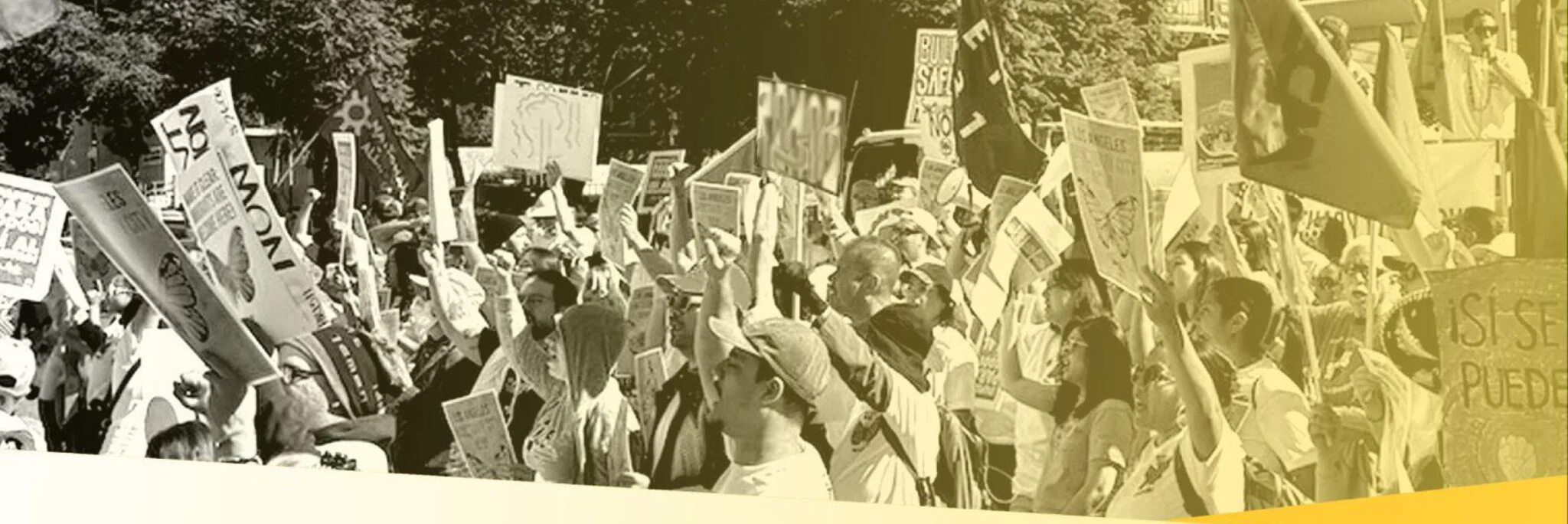State of the Unions: California Labor in 2024

The report State of the Unions: California Labor in 2024 provides a snapshot of the California labor movement at a time of dramatic political and economic shifts nationwide. Led by researchers at the UCLA Institute for Research on Labor and Employment (IRLE) and the UC Berkeley Labor Center, the report analyzes the most recent publicly available data on union density, member demographics, and labor organizing activity in California and the nation.
Key Findings
- Union density in California has held steady for over two decades in defiance of national trends of long-term decline. In 2024, one in six California workers was represented by a labor union.
- The typical union member in California is in their mid-40s, a person of color born in the United States who has obtained educational experiences beyond high school. However, some groups are underrepresented in labor’s ranks, and others are likely undercounted in public data.
- Given the opportunity to vote in a union election, a large majority of California workers choose union representation. In 2024, unions filed petitions for over 300 elections. Workers voted for union representation in over 83% of those elections, a slightly higher success rate than the nation as a whole.
- State labor policy remains critical for worker protections across many sectors of the economy. From sectoral bargaining to heat and workplace technology regulations, California workers and unions have a major interest in state-level policy.
State of the Unions serves as a benchmark to measure the impact of changes in labor policy, worker power, and the health of organized labor. Labor leaders, journalists, policymakers, and union members will find a complex story of union activity in the following report. Part I draws on statewide public data on union membership, union elections, and strike and protest activity by unions, identifying geographic, sectoral, and organizational patterns of change. Part II digs deeper into union activity in three important economic sectors: fast food, warehousing, and agriculture.
